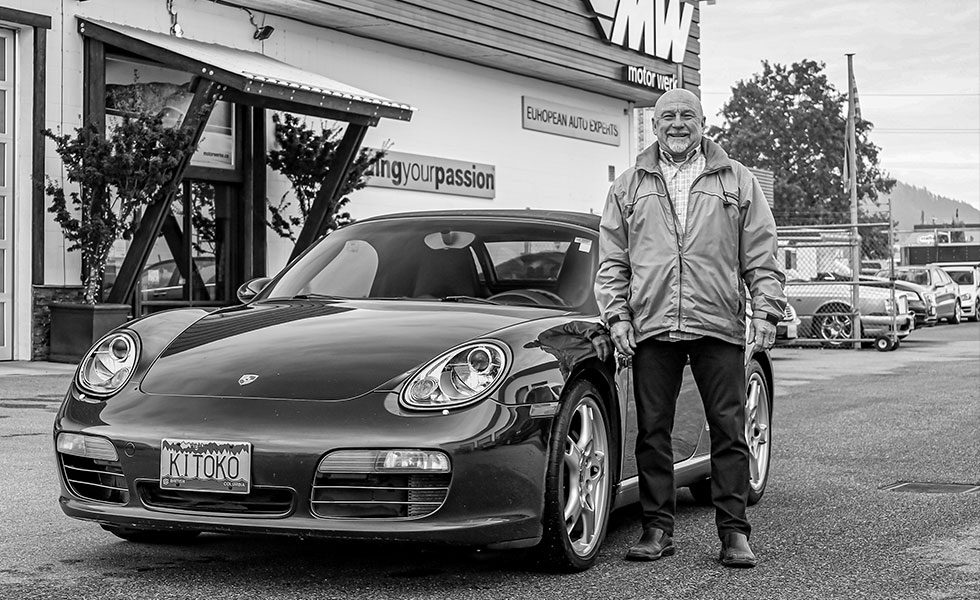
EUROPEAN EXPERTS
CELEBRATING 15 YEARS
IMPORT SPECIALISTS
NEW LOCATION COMING SOON
Welcome to Motor Werke
Integrity, precision, and exceptional service.
At Motor Werke, our commitment goes beyond routine car care. We understand that each vehicle has its own unique story. Our dedicated team is devoted to preserving the integrity of your automotive investment with meticulous attention to detail, ensuring the unparalleled performance you expect. We take pride in delivering more than just a service – it’s an experience built on expertise, integrity, and a genuine desire to simplify your life. Our unwavering passion for what we do transcends conventional customer service, evolving into a trusted partnership.
At Motor Werke, it’s not just about your car; it’s about you. Welcome to a world of precision, passion, and convenience, where each visit is an exceptional experience.
Every car. Every time.
These four words form the cornerstone of every operation, process, and procedure in our werke shop.
Our culture is one of exceptionalism, where we progressively develop our team and create a consistent,
transparent, and comprehensive service experience. When you trust us with your vehicle, we guarantee
you will receive respectful, personalized, and quality service. That is the Motor Werke difference.
Featured Stories
Specialized Expertise
Diagnostics, repair, maintenance, and performance upgrades for
Kelowna’s European and Import vehicles.
We are the trusted experts in diagnostics, repair, maintenance, and performance upgrades for both
European and Japanese import vehicles. Whether it’s the sophisticated engineering of European cars or the
unparalleled reliability of Japanese imports, our highly trained technicians and state-of-the-art technologies
ensure that your vehicle receives the highest standard of service. When it comes to your European or
Japanese import, trust Motor Werke to deliver professional, intelligent, and true expertise in auto repair.
Learn More
Motor Werke has earned my Porsche maintenance along
with the maintenance work on my other two vehicles. I
would never consider going anywhere else for my
vehicle protection — completely an awesome team.”
– Ron De Jager

Read more Reviews

